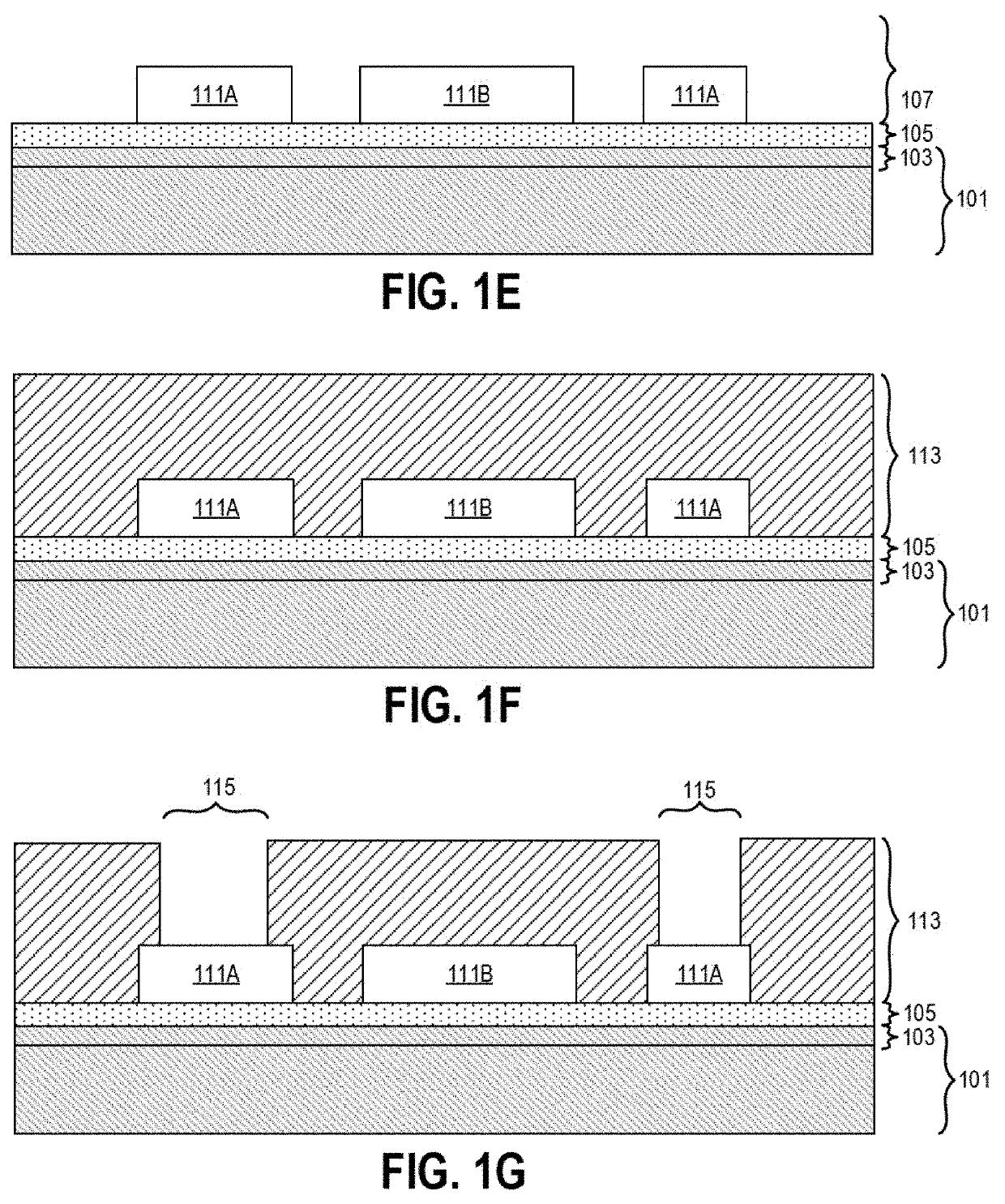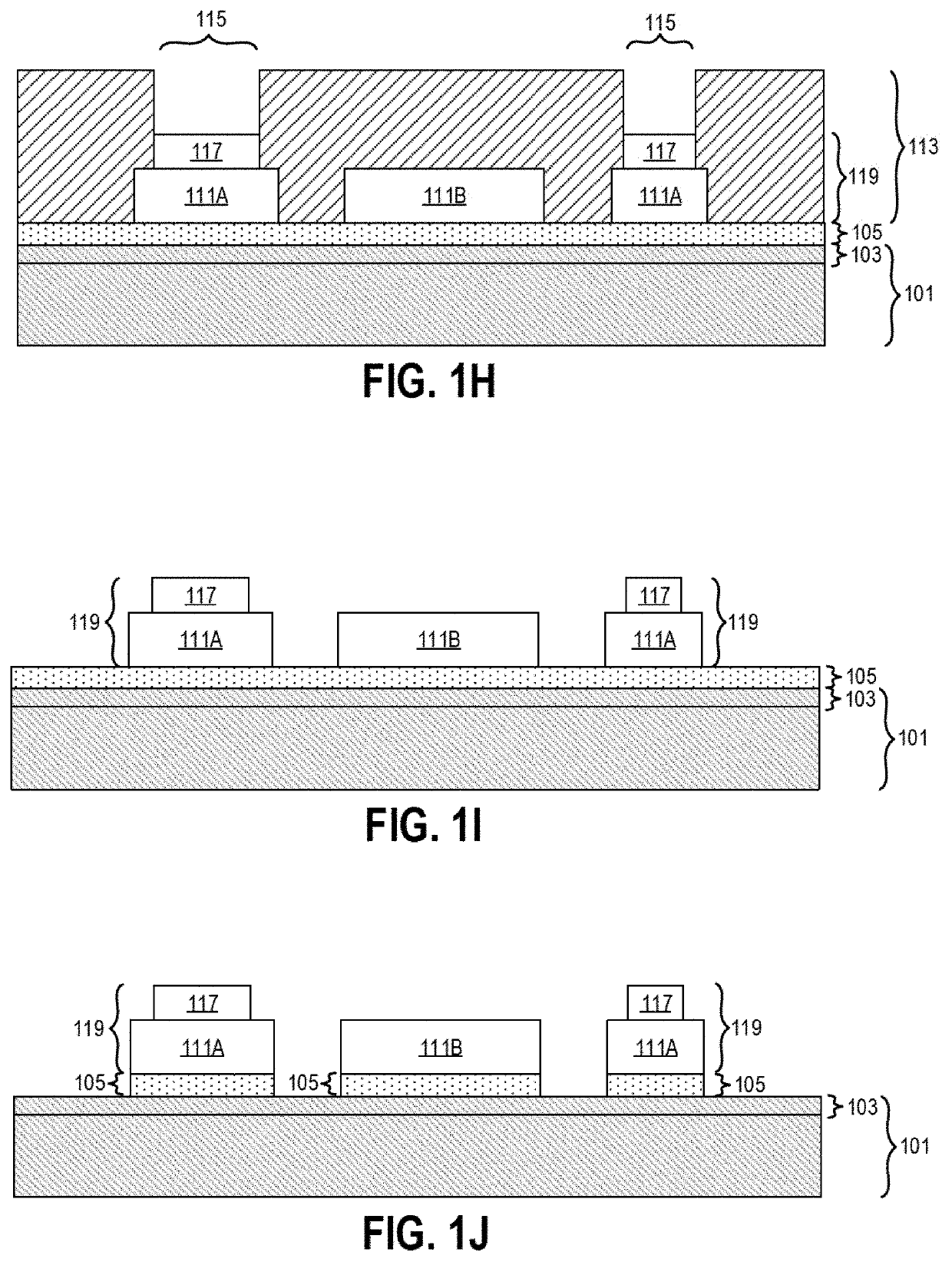Embedding magnetic material in a cored or coreless semiconductor package
- Summary
- Abstract
- Description
- Claims
- Application Information
AI Technical Summary
Benefits of technology
Problems solved by technology
Method used
Image
Examples
Embodiment Construction
[0015]Embodiments described herein provide techniques that can assist with fabricating a cored or coreless semiconductor package having one or more magnetic materials embedded therein. For one or more embodiments, an inductor in a cored or coreless semiconductor package comprises one or more of the magnetic materials. Several advantages are provided by the embodiments described herein. One advantage is that the embodiment(s) described herein can assist with creating a chemically resilient technique of manufacturing an inductor comprising one or more of the embedded magnetic materials in a cored or coreless semiconductor package. Another advantage is that the embodiment(s) described herein can assist with providing flexibility towards the choice of materials used for fabricating a cored or coreless semiconductor package. Yet another advantage is that magnetic material(s), which are embedded in a semiconductor package that is fabricated in accordance with one or more of the embodiment...
PUM
 Login to view more
Login to view more Abstract
Description
Claims
Application Information
 Login to view more
Login to view more - R&D Engineer
- R&D Manager
- IP Professional
- Industry Leading Data Capabilities
- Powerful AI technology
- Patent DNA Extraction
Browse by: Latest US Patents, China's latest patents, Technical Efficacy Thesaurus, Application Domain, Technology Topic.
© 2024 PatSnap. All rights reserved.Legal|Privacy policy|Modern Slavery Act Transparency Statement|Sitemap



